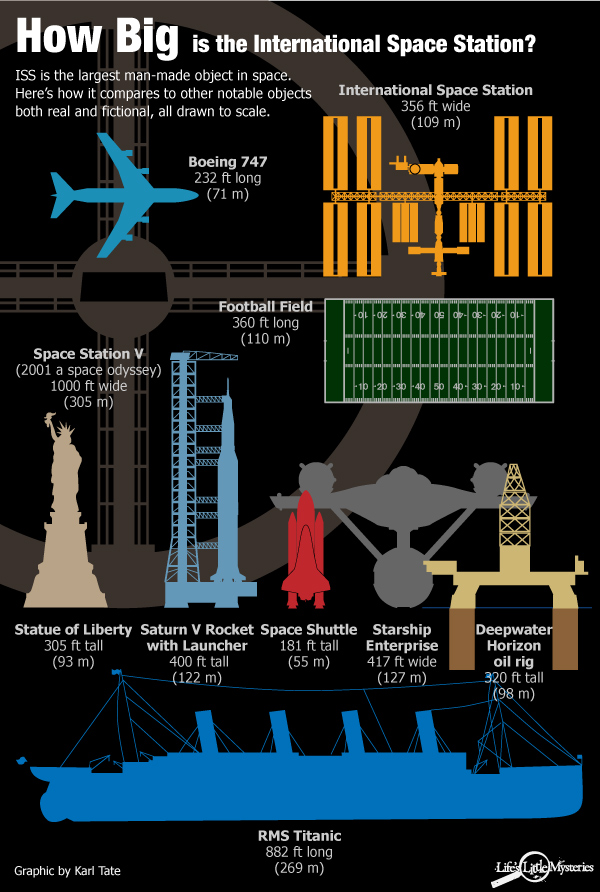Joke Of The Day: A Misuse of NASA Technology

The horrified Brits sent NASA the disastrous results of the experiment, along with the designs for the windshield, and begged the U.S. scientists for suggestions.NASA responded with a one-line memo: “Thaw the chicken.” Aviation Chicken Launcher “Scientists at NASA built a gun specifically to launch standard 4-pound dead chickens at the windshields of airliners, military jets and the space shuttle, all traveling at maximum velocity. The idea is to simulate the frequent incidents of collisions with airborne fowl to test the strength of the windshields.
British engineers heard about the gun and were eager to test it on the windshields of their new high-speed trains. Arrangements were made and a gun was sent to the British engineers.
When the gun was fired, the engineers stood shocked as the chicken hurled out of the barrel, crashed into the “shatterproof” shield, smashed it to smithereens, blasted through the control console, snapped the engineer’s backrest in two, and embedded itself in the back wall of the cabin, like an arrow shot from a bow.
The horrified Brits sent NASA the disastrous results of the experiment, along with the designs of the windshield and begged the US scientists for suggestions.
NASA responded with a one-line memo: Defrost the chicken.
Machine That Turns Sweat Into Drinking Water
A group of Swedes have created a machine that turns sweat into drinking water.
Out with the old, in with the new!
To highlight the seriousness of potable water shortage in some parts of Africa and Asia a group of tech-savvy Swedes have created a machine that turns perspiration into drinking water. Aptly named the “Sweat Machine” was inspired by technology used by NASA to recycle everything from human sweat to urine.
Developed by a team of engineers led by Andreas Hammar, the Sweat Machine works by extracting the perspiration, which is 99% water, out of people’s clothes. Sweaty garments are tossed into a dryer, where they are spun and squeezed for every last drop of liquid. The gathered sweat then gets heated, exposed to ultra-violet light and passed through a series of high-tech filters to remove the salt and bacteria. During the final stage of the purification process, the sweat goes through a coffee filter that retains any textile fibers left over from the clothes. The result is perfectly drinkable distilled water. Although the exact capacity of the dryer is yet unknown, the inventors say it takes a full load of sweaty shirts and shorts to produce a pint of potable water. Drinking your own and other people’s sweat sounds disgusting, but according to one brave sommelier, it actually has nice sweet taste.
The placebo effect is a long-recognised phenomenon that has played an important part in the history of medicine — from the healing powers of Stonehenge to administering placebo drugs to modern day patients. But it’s not until recently that science has begun to truly understand how the placebo effect really works.
Professor Nicholas Humphrey asks why placebos work and reveals their central paradox: If we can effectively cure ourselves by taking placebo medicine, why don’t we just heal ourselves straight away?
Exploring this paradox from the perspective of evolution, Professor Humphry looks at the associated costs and benefits of pain or illness. How can placebo medications readdress this balance and is a “dose of contrived optimism” just what the doctor ordered?
How Big Is The International Space Station?
The largest spacecraft ever built, the ISS is also the world’s most expensive single object, costing upwards of 100 billion dollars, according to the Government Accountability Office.
The dimensions of the completed ISS research facility will be approximately 356 feet (109 meters) by 240 feet (73 meters), or slightly larger than a football field. When completed, the ISS will weigh around 450 tons (408,000 kg), or 450 times the weight of an average car.

